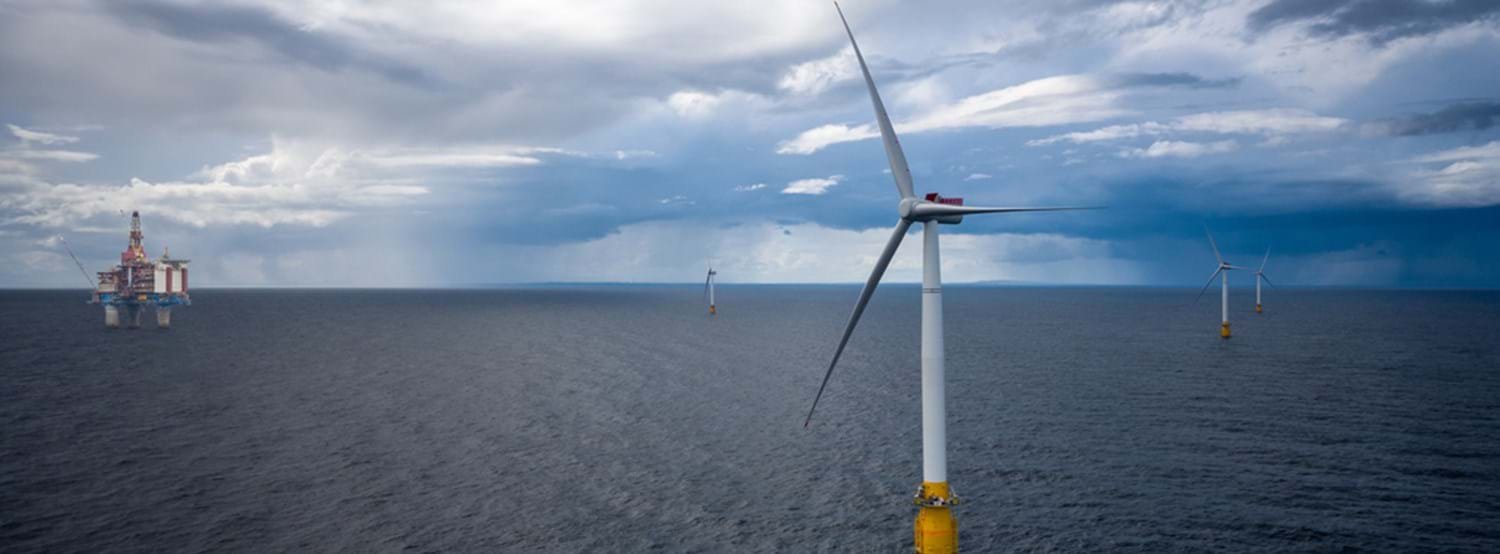Floating Wind and Hybrid Marine Power’s $100B Opportunity
A Billion-Dollar Frontier Rising from the Deep
The global clean energy race is moving offshore—and the next frontier is floating offshore wind and hybrid marine energy. These transformative technologies are unlocking deep-water wind reserves previously inaccessible to traditional turbines, tapping into an astonishing 80% of the world’s offshore wind potential.
With the global floating wind market valued at USD 3.8 billion in 2023, projections show a surge to over USD 107 billion by 2032 (CAGR 45%). This is no longer a niche innovation—it’s a billion-dollar industry reshaping energy independence, job creation, and industrial innovation.
Taming the Deep: Unlocking the Ocean's Hidden Wind Giants
Floating offshore wind harnesses strong, consistent winds far out at sea, opening vast opportunities for countries with deep coastlines like Japan, the U.S. West Coast, Brazil, and Vietnam.
Pioneering projects proving viability and profitability:
Kincardine (Scotland): 50 MW floating wind farm powering 55,000 homes; a key demonstration project that reduced risks for future developments.
Hywind Tampen (Norway): The largest operational floating wind farm (88 MW), supplying power to offshore oil platforms while cutting 200,000 tonnes of CO₂ annually.
Green Volt (UK): A planned 560 MW project, expected to create 2,800 jobs and generate £2.5 billion in local economic value.
These examples prove floating offshore wind is not just conceptual but scalable and commercially viable.
Hywind Tampen, floating windfarm Gullfaks platform.
Powering Up: The Electrifying Synergy of Wind and Waves
The future of offshore energy lies in hybrid marine systems, combining floating wind with predictable sources like wave and tidal energy. This synergy reduces intermittency and improves energy reliability.
Key hybrid innovations include:
SEAWORTHY Project (Spain): 4.3 MW floating wind + 0.8 MW wave converter + hydrogen production, delivering 11 GWh annually—a model for dispatchable offshore power.
Tidal-Wind Integration (Scotland & Wales): Tidal projects like MeyGen demonstrate predictable, round-the-clock energy potential.
Green Hydrogen Opportunities: Offshore hybrid systems enable clean hydrogen production and storage, boosting grid flexibility and accelerating decarbonization.
Riding the Green Wave: Billions in Economic Opportunity
Floating offshore wind is a powerful economic driver, spurring growth in shipbuilding, logistics, and port infrastructure.
Economic highlights:
Job Creation: Meeting a 30 GW offshore wind target in the U.S. could create 77,000 jobs by 2030 across the supply chain.
Local Value Retention: Projects like Green Volt aim to keep hundreds of millions in regional economies, boosting community prosperity.
Port Revitalization: Investments like Scotland’s £24.26 million Kishorn Port upgrade are transforming old ports into offshore energy hubs.
Supply Chain Growth: Rising demand for next-gen turbines, floating platforms, mooring systems, and subsea cables is fueling new business ecosystems.
For investors, floating offshore wind presents long-term ROI potential, with major players like Equinor, Ørsted, Siemens Gamesa, and Vestas actively scaling projects.
Navigating the Deep: Tackling Floating Wind's Challenges
Despite its promise, the sector faces hurdles:
High CAPEX and longer timelines.
Limited port infrastructure suited for large-scale floating platforms.
Investor caution due to technology maturity and cost uncertainties.
Industry sentiment: The Westwood Floating Wind Survey 2025 suggests global operational capacity may remain under 3 GW by 2030, a downward revision from earlier expectations.
Solutions being deployed:
Innovative Financing: Green bonds, sustainability-linked loans, and blended finance de-risk early projects.
Government Incentives: UK’s Contracts for Difference (CfD), France’s floating wind auctions, and the U.S. Inflation Reduction Act (IRA) are creating stable markets.
Technology Standardization: Industrializing platform designs and optimizing mooring systems are reducing costs.
Infrastructure Investments: Port upgrades worldwide are underway to handle massive turbine components.
The Race to Lead: Who’s Claiming the Offshore Crown?
Nations with deep-water coastlines and bold policies are competing to dominate:
Europe: UK and Norway lead with commercial-scale projects, while France ramps up with dedicated auctions.
Asia-Pacific: Japan and South Korea are investing heavily in pilots, with CAGR forecasts exceeding 40% toward 2033.
Emerging Markets: Brazil and Vietnam are assessing vast coastlines for floating wind and hybrid systems.
The message is clear: Early movers will secure global supply chains, attract foreign investment, and position themselves as clean energy leaders.
The Deep Dive: Powering a Prosperous Future
Floating offshore wind and hybrid marine energy are cornerstones of the next energy revolution, offering:
80% untapped offshore potential for renewable power.
Massive economic returns—USD 107 billion+ by 2032.
Green hydrogen integration for energy flexibility and export opportunities.
With strategic collaboration and continued innovation, this sector promises clean, reliable power and a thriving global economy.


